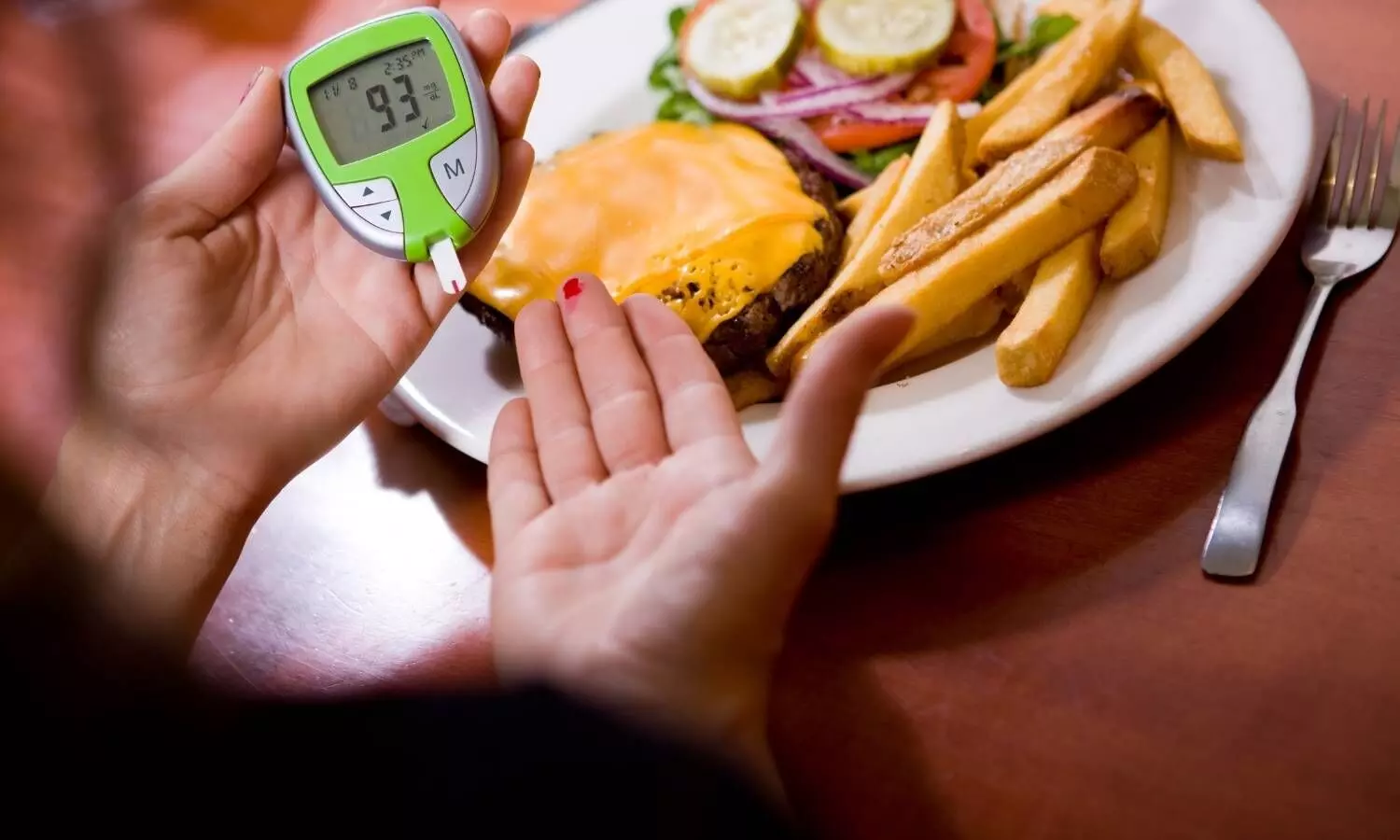How Your Blood Sugar Reacts to Food Could Reveal Your Risk of Diabetes: Study

New Delhi: Ever wondered why some people can eat a bowl of rice or a slice of bread without issue, while others feel sluggish or experience a sugar crash?
According to new research, your body’s blood sugar response to everyday foods may reveal more than just how full you feel. It could actually signal your risk of prediabetes.
A study from Stanford University, published in Nature Medicine, found that the way your blood sugar reacts after eating, especially carbohydrate-rich foods, could indicate the health of your metabolism and help identify people at risk of developing Type 2 diabetes.
“This study suggests that not only are there subtypes within prediabetes, but also that your subtype could determine the foods you should and should not eat,” said Michael Snyder, Professor of Genetics at Stanford Medicine.
The researchers tracked 55 adults with no history of Type 2 diabetes. Each participant went through extensive testing to check for insulin resistance, which is when the body doesn’t respond well to insulin, and beta cell dysfunction, which refers to problems with insulin-producing cells in the pancreas.
They also underwent what’s called multi-omics profiling, which included measurements of blood fat levels, liver function, gut microbiome, and blood metabolites.
Surprisingly, nearly half the participants, 26 people, had prediabetes, even though they had no known history of diabetes.
When participants ate foods like rice or grapes, most of them experienced a spike in their blood sugar, regardless of whether they were metabolically healthy or not.
But when it came to foods high in resistant starch, like potatoes and pasta, blood sugar responses varied depending on each person’s metabolic condition.
Another key finding was that people whose blood sugar rose sharply after eating bread were more likely to have high blood pressure.
The researchers also compared the blood sugar reactions to potatoes versus grapes. They found that this ratio was strongly linked to insulin resistance. This could potentially serve as a simple real-world tool to help identify people at risk.
“Such a biomarker would be useful because insulin resistance is amenable to lifestyle and medication interventions that can reduce the risk for diabetes in high-risk individuals. At present there is no easy way to diagnose it in the clinic,” explained Tracey McLaughlin, Professor of Endocrinology at Stanford.
Another interesting discovery was that the order in which foods are eaten affects how your blood sugar responds. Eating fibre or protein before rice lowered the glucose spike, while eating fat beforehand delayed the peak of the spike. However, these changes were seen only in metabolically healthy people, those who were insulin-sensitive and had normal beta cell function.
The researchers say more studies are needed, but their findings suggest that personalized food choices based on how your body reacts could help prevent or better manage prediabetes and diabetes.
In simple terms, your blood sugar’s response to everyday meals could be a hidden clue about your future health, and adjusting your diet accordingly might make all the difference.


